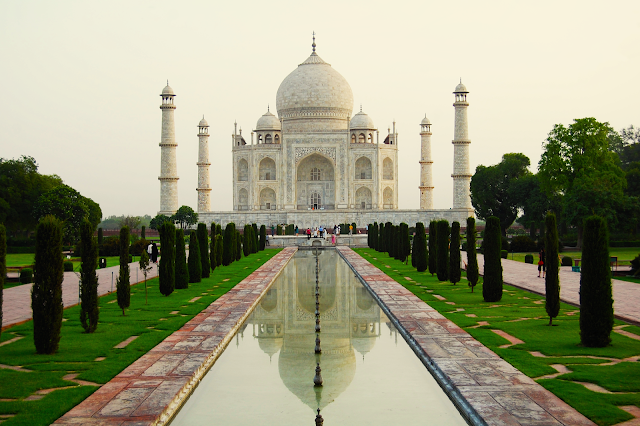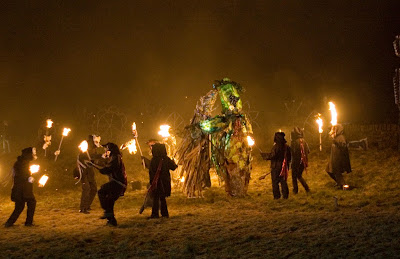CULTURE: Trip to the Taj Mahal
Written by Gabriel Woods
The Taj Mahal was built by the Moghul Emperor Shah Jahan. The king was well known for his cruelty, head of the largest empire ever to conquer all of Asia and beyond. It was said his wife, Queen Mumtaz Mahal, often softened his heart, encouraged empathy within him and guided him in ruling his empire less harshly. She lived only for a few years as his wife and then died. Shah Jahan was plunged into grief. He dreamed of creating a monument that would express the wealth of the Empire, the magnanimity of the shah and, most importantly, the perfect most beautiful place for his queen to rest. The Taj Mahal was built as a mausoleum in honour of his wife. He planned that he too would rest with her when he died.
The Taj Mahal was built over a number of decades. The engineers and architects did not live to see the finished product. A small wooden structure built to exact mathematical dimensions represented the Taj Mahal, like a Mogul version of a graphic architectural computer image except made of wood. The Moguls are thought to have contributed to some of the principles of modern architecture. The miniature Taj Mahal was preserved and carefully passed on to each generation of engineers exactly as it had been made. This was the original plan for the Taj Mahal; the idea of the Shah was to be manifested exactly as commanded. Slaves from across the empire provided the manpower for building and sometimes tumbled from the structure to their death.
Indian people often brim with pride for their ancient monuments, history and culture. Any Indian person that imparted their knowledge to me about a monument or region would almost glow and speak with great excitement as if talking for the first time to a tourist. It is not likely this would be the case as millions of tourists visit India`s stunning historic and cultural monuments every year. In India, these monuments are living artefacts of ancient religion or history and are woven into the everyday lives of Indians. Worship in these regions is not confined to a monument. Many Indian people live the ancient myths of their region and their lives are enmeshed with the sacred monuments.
I remember arriving at the Taj Mahal at around 6.00 am after a 12 hour overnight. I bought a cheap ticket on what is called a sleeper train. The seat can fold out into a bed. The bed was comfy and the rat-tat-tat-tat rhythmic sound of the wheels of the train on the track easily put me to sleep. When I arrived I was almost overwhelmed with the grandeur, the landscaped garden created to emphasize the stunning marble marvel. The grand mausoleum was bathed in the dawn sunlight. It`s four minarets seemed to prick the sky. A path of glisteningly clean water flowed from the base of the building to the gardens in the distance, reflecting the light of the sun giving a dazzling effect along the landscaped gardens. I was reminded of the iconic image of Princess Diana sitting on a bench surrounded by all of this beauty and yet looking so alone and sad.
I was an adventurous traveller and I could not wait to explore the Taj Mahal. I walked slowly around the marble building touching the walls occasionally as if to make sure what I was seeing was real. To my mild disappointment, which quickly subsided, there was only one small room built into the entire giant structure of the Taj Mahal. I looked into the inner sanctum which was also made of marble. Two marble tombs lay less than two feet apart buried side by side, as if married even in death in a small almost intimate room. Shah Jahan and Queen Mamtaz lay together forever buried within one of the Seven Wonders of the Ancient World.
Images: Wikepedia




very nice blog
ReplyDeleteCulture Trip
Thank you
Delete